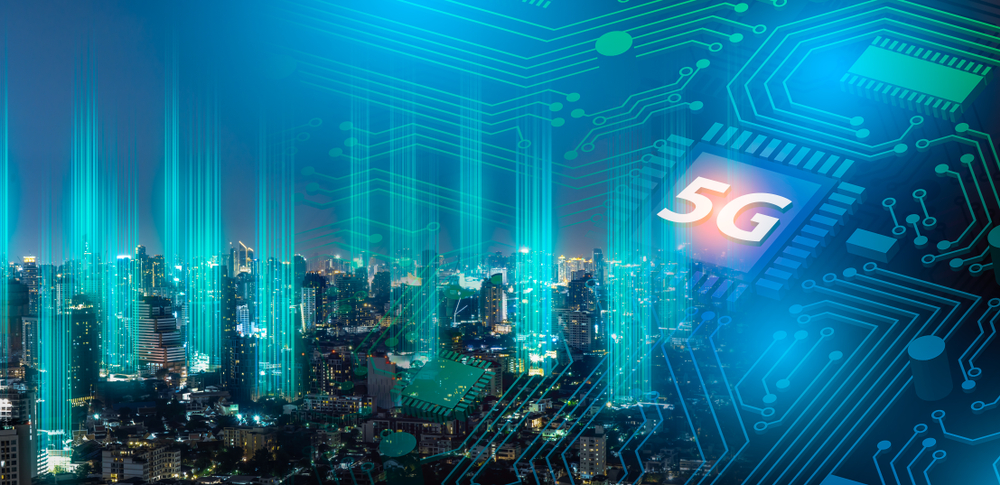6 Ways 5G is ALREADY Changing the World
5G has become the new buzzword changing the world around us. Tech experts say this advanced technology will transform our lives significantly and expedite the development of advanced technologies.
But, what technologies exactly? How is 5G affecting your daily life? Below, we look at the available 5G and what to anticipate.
What is 5G?
Also known as the firth-generation, 5G is an advanced cellular technology with speeds about 20 times faster than its predecessor. The technology is already available in some parts as it started rolling out in 2019. In fact, 98% of North American subscribers will be covered by 2024.
So, what does 5G bring?
- Advanced Communication
The basic premise of any cellular upgrade is faster data transfer. Every new development seeks to expedite data transfer from 1G, which handles 2Kbps, to 5G, which supports up to 20 Gbps.
Apart from the 20-fold improvement from 4G, 5G supports a larger number of users on a single tower to avoid network congestion during mass gatherings and conventions.
Moreover, 5G has better latency than 4G. The latter offers an average of 30 milliseconds response time while the former takes as low as one millisecond.
- Telecommuting
5G’s advances in response time, reliability, and connection speed mean that users can work from anywhere. The lack of a consistent connection has been a significant drawback of working remotely. It’s hard to complete all tasks in time if the ISP is unreliable.
However, 5G’s widespread deployment allows you to work from anywhere. This way. You’ll cooperate with colleagues, instantly send and receive files, and attend clear, crisp video conferences.
- Readily Available Internet of Things
The Internet of Things (IoT) is slowly taking over. The technology highly relies on communication between devices that allow one machine to instruct another for our convenience.
You can see this in play if you have a smart device at home. For instance, your smartphone can send a command to the smart bulb to turn off when you dock it at the bedside.
The availability of reliable Wi-Fi has enabled many homes to incorporate the Internet of Things. However, this is restricted to indoors, hence the need to integrate 5G, allowing IoT connection beyond Wi-Fi coverage.
Apple Watch also applies this technology in its fall detection feature. If you wear the smartwatch and suffer a fall, the device will initiate an emergency dial open to cancellation within 10 seconds. The smartwatch will also communicate the exact location and your medical records to the responder.
Besides communication, 5G technology can also power other devices. In other words, any IoT device within the network coverage can operate even on a low battery.
- Automotive Technologies
The automotive industry has benefited significantly from 5G as instantaneous communication allows cars to communicate with other objects. Consequently, Toyota, BMW, Ford, etc., vehicles have G5 antennas. Intervehicle communication and roadside IoT have been the backbone of self-driving vehicles. So, in the future, road transportation will become faster, safer, and more efficient as 5G will allow cars to communicate with each other, roadside signs, and spotlights.
- Remote Broadcasting
Modern broadcasting involves 4K video footage that requires massive bandwidth and takes a lot of storage space. That’s where 5G comes in. The technology enables 5G drones to broadcast World Rallies and live FI races in 4K quality.
- Efficient Manufacturing
Manufacturers will likely be among the first to adopt 5G technologies for reliable communication. Since companies use systems to capture and analyze data, they will need 5G to deliver information in real-time.
For instance, they can use 5G-enabled robots for wireless communication across buildings. The system can use the 5G-connected robots to send instant information and commands where needed.
In addition, 5G will help engineers use virtual and augmented reality to work on systems in absentia.
The Age of 5G
High-speed technology seeks to help us progress significantly.
With 1G, we were introduced to cellular phones. 2G enabled us to communicate through text messages and mobile internet. 3G helped us access websites on our phones, while 4G gave us the apps and the online media experience we enjoy today.
Through the 100Mbps in 4G, we could stream video and audio. The widespread 4G adoption in the past decade has transformed our view on phones. They have evolved from simple tools to advanced devices that can accomplish myriad tasks.
Imagine what we can do with 5G’s 20Gbps.

